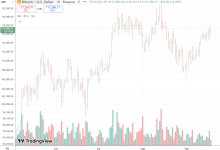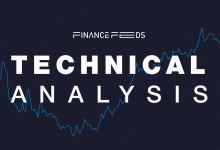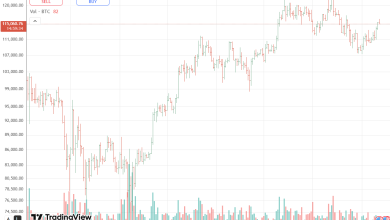CFTC Eyes Stablecoins as Collateral in US Derivatives Markets


What the CFTC Announced
The U.S. Commodity Futures Trading Commission (CFTC) has launched a new initiative to explore the use of tokenized collateral in regulated derivatives markets, Acting Chairman Caroline D. Pham said on Tuesday. The move, announced through the agency’s Global Markets Advisory Committee, viewks to adapt the country’s derivatives ecosystem to digital assets, particularly stablecoins, by treating them as acceptable collateral in futures and swaps.
Tokenized collateral refers to the use of blockchain-based assets — including USDC and USDT — to back financial contracts. Collateral is essential in derivatives markets, ensuring traders meet their obligations and lowering default risk. By using tokenized versions, the CFTC argues markets could benefit from greater efficiency, transparency, and liquidity.
The initiative builds on earlier CFTC pilots announced in February, which included partnerships with Circle, Coinbase, Crypto.com, Moonpay, and Ripple for a non-cash collateral derivatives program. Written industry feedback is open until October 20, with Pham inviting stakeholders to provide input on valuation, custody, and governance standards for digital collateral.
Investor Takeaway
Why Stablecoins Are Central
Stablecoins have become the cornerstone of the CFTC’s initiative. Ripple executive Jack McDonald said the use of stablecoins in derivatives is a natural evolution, calling collateral management the “killer app” for stablecoins in global finance. Circle president Heath Tarbert added that the recently enacted GENIUS Act provides the legal clarity needed for licensed U.S. firms to issue payment stablecoins that can be used in traditional markets.
“Using trusted stablecoins like USDC as collateral will lower costs, reduce risk, and unlock liquidity across global markets 24/7,” Tarbert said. Coinbase legal chief Paul Grewal echoed the sentiment, noting that tokenized collateral “can unlock U.S. derivatives markets and put us ahead of global competition.”
Adoption would mean stablecoins join U.S. Treasurys and cash as the backbone of collateral frameworks. This marks a major step in integrating digital assets into the heart of the financial system, aligning crypto-native instruments with highly regulated markets.
Industry and Regulatory Context
The CFTC’s tokenization push comes amid wider efforts to modernize U.S. financial oversight. Congress passed the GENIUS Act in July, the first comprehensive stablecoin bill, while agencies including the Treasury are finalizing its implementation. Pham has consistently advocated for pilot programs, industry feedback loops, and digital asset sandboxes to accelerate responsible adoption.
In parallel, SEC Chair Paul Atkins has floated an “innovation exemption” that could temporarily shield crypto firms from outdated securities rules while tailored frameworks are built. He also announced “Project Crypto” in July, aiming to shift U.S. securities markets onchain. Together, the initiatives reflect growing recognition that crypto technologies are reshaping finance quicker than regulation can adapt.
Pham framed the momentum bluntly: “The public has spoken: tokenized markets are here, and they are the future. The CFTC continues to move full speed ahead at the cutting edge of responsible innovation.”
Investor Takeaway
What Comes Next
The CFTC’s consultation period will run through mid-October, later than which the agency is expected to publish guidance and potentially launch pilot programs. If implemented, stablecoins like USDC and USDT would stand alongside cash and Treasurys in regulated collateral frameworks, creating deeper utility for issuers and accelerating mainstream adoption.
For crypto firms, the move could unlock institutional capital flows into tokenized markets. For regulators, it provides a test case for integrating blockchain-based instruments without compromising investor protection. Industry leaders expect collateral tokenization to be among the first large-scale use cases for distributed ledger technology in U.S. capital markets.
Whether the U.S. can execute quicker than Europe or Asia will be closely watched. The EU’s MiCA framework is already in effect, and Asian regulators have piloted tokenized bonds and repos. The CFTC’s effort signals that Washington is intent on keeping pace in the race to digitize global finance.







